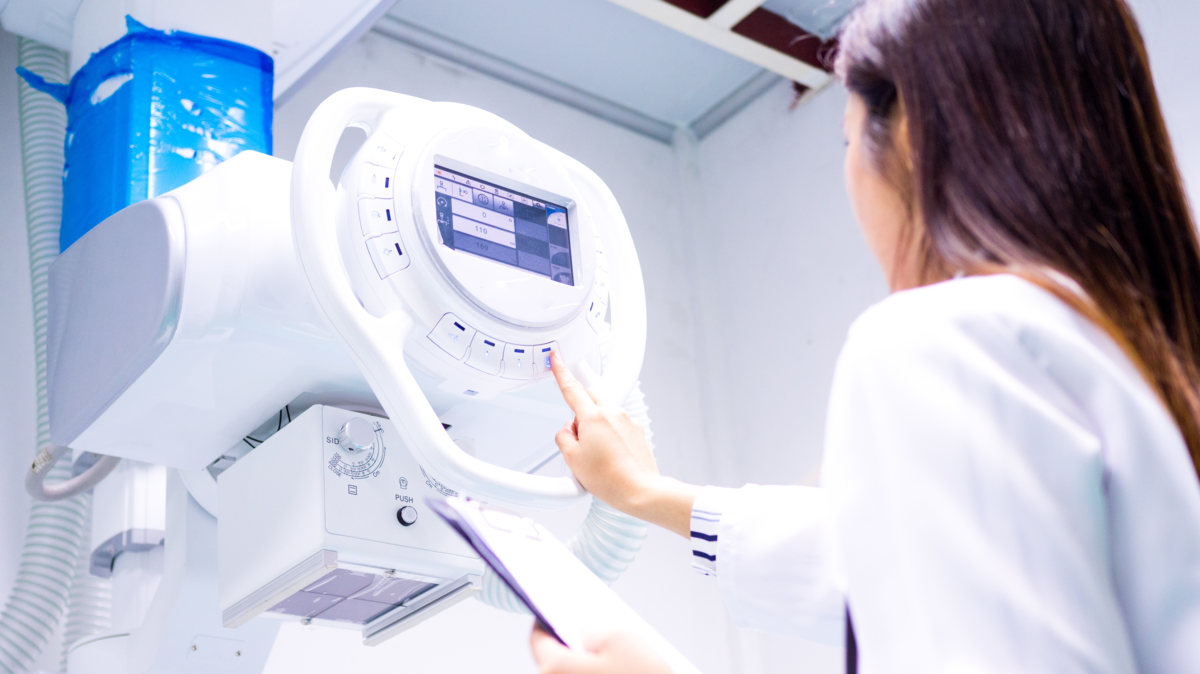Sometimes I wonder about what the elected representatives for the EU are doing all day long. Part of their job is to create rules to make products safer. Although I'm not too sure what dangers curvy cucumbers pose, I can certainly understand that there are higher requirements for products in medical applications than for products in other areas. It's no secret that the demands on documentation in particular tend to be on the rise.
Throughout the following, I would like to refer specifically to Instructions for Use for medical devices and the requirements of Regulation 2017/745 EU, but the points raised can also be applied to In-Vitro Diagnostic medical devices and also to the "old" Directives (93/42/EEC, 90/385/EEC and 98/79/EC), in terms of their essential content.
Some of the content required by law is usually quickly integrated. The purpose section, including information on indications, contraindications, etc. can often be taken from other documents in the marketing authorisation process. Legal requirement fulfilled – hooks under it. In the case of instruction information, however, the path to the "hooks under it" is much more complex.
How can instructional texts be designed that meet legal requirements?
Unfortunately, in most cases, instructions like "Remove filter and insert new filter." are insufficient to make it past the Usability Lab. But what should a manual for the replacement of consumption components (i.e. consumables) look like? How should instructions be structured so that the user can reproduce everything error-free with high probability?
The first step is the target audience analysis. One has to consider who is likely to read the Instructions for Use and then decide how much to describe, which language level is appropriate, and what information can be assumed to be known. During content creation, the Technical Editor can also estimate where graphics should support the text.
In addition, when thinking about the state of the product while keeping an eye on users' tasks, the process begins to translate into the usage situation.
It must first be made quite simple what the text section leads to. The user has tasks and wants to find information about his or her tasks. To accomplish this, they must be able to assess the content of text sections. A suitable heading can accomplish this. In addition, it must be described under which conditions the user can begin an instruction (at all). Presumably the device would have to be switched off, in order to change the filter and certain covers would have to be disassembled – these are also (separate) instructions. Afterwards, the Technical Editor must be aware of which steps are actually taken while writing. Especially when one knows a device, one likes to leave out supposedly routine steps. This can, however, prevent an instruction from leading to the user's ultimate goal. If, finally, the conditions are taken into account which are (i.e. should be) present after a certain action and how these conditions can be verified, a complete instruction has been created.
Appropriate media – What does the user need?
The above-mentioned instructional texts only represent a small portion of the available possibilities for conveying information. Whether an (additional) dosage form makes sense can usually be decided with a view to the target audience, the tasks, and the usage situation. The choice and design of the content should always take into account the special features of the medium chosen.
A complete Instructions for Use in printed format is usually supplied by manufacturers. However, this medium is often inadequate or even unsuitable for everyday use within medical professions. The wish here is more likely to be just to keep it short and washable. Or, if required, on tablets or other devices, called up by voice command. Also supplemented with video or audio and in different languages. Just smart, in other words.
In this context, I find it interesting that the final result, as I've presented it in this blog, is pretty much in-line with the requirements of Chapter III, 23.1, a). So the legislator has already decided that it wants instructions that guide the user – instructions that are part of usability. Curvy cucumbers are OK now, but fortunately they are not bad Instructions for Use.

